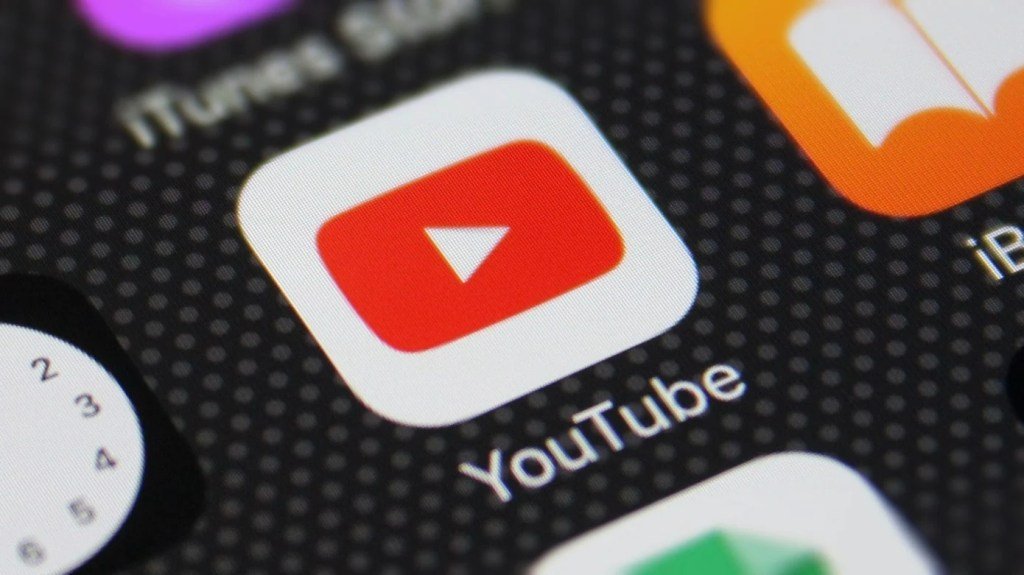YouTube on Tuesday announced it’s beginning to roll out age estimation technology in the U.S. to identify teen users in order to provide a more age-appropriate experience. The company says it will use a variety of signals to determine the users’ possible age, regardless of what the user entered as their birthday when they signed up for an account.
When YouTube identifies a user as a teen, it introduces new protections and experiences, which include disabling personalized advertising, safeguards that limit repetitive viewing of certain types of content, and enabling digital wellbeing tools such as screen time and bedtime reminders, among others.
These protections already exist on YouTube, but have only been applied to those who verified themselves as teens, not those who may have withheld their real age. For instance, in 2023, YouTube began limiting repeated viewing of videos that could trigger body image issues or those that display social aggression. The company has also been developing digital wellbeing tools since 2018.
If the new system incorrectly identifies a user as under 18 when they are not, YouTube says the user will be given the option to verify their age with a credit card, government ID, or selfie. Only users who have been directly verified through this method or whose age has been inferred to be over 18 will be able to view the age-restricted content on the platform.
The machine learning-powered technology will begin to roll out over the next few weeks to a small set of U.S. users and will then be monitored before rolling out more widely, the company says.
The plans to introduce age inference technology were first announced in February as part of YouTube’s 2025 roadmap. The plans are also the latest step in attempting to make YouTube safer for younger users, following the 2015 launch of the YouTube Kids app and the 2024 rollout of supervised accounts. The features also arrive as social media more broadly is coming under increased government scrutiny in the United States, where platform makers, including Apple and Google, have pitted their lobbyists against those from big tech companies like Meta over who’s responsible for age verification and children’s safety.
In the meantime, a handful of U.S. states have taken matters into their own hands, as over a dozen states have passed or proposed laws to regulate minors’ use of social media. Many of these require age verification or parental consent, including those in Louisiana, Arkansas, Florida, Georgia, Utah, Texas, Maryland, Tennessee, Connecticut, among others. (However, some laws, like those in Utah and Arkansas, are blocked by litigation at this time and are not enforceable, while others are still pending implementation.)
Techcrunch event
San Francisco
|
October 27-29, 2025
The U.K. also began enforcing its own age verification checks this week following the 2023 passing of the Online Safety Act.
YouTube isn’t sharing specifics about the signals it’s using to infer a user’s age, but notes that it will look at some data like the YouTube activity and the longevity of a user’s account to make a determination if the user is under 18.
The new system will apply only to signed-in users, as signed-out users already cannot access age-restricted content, and will be available across platforms, including web, mobile, and connected TV.






